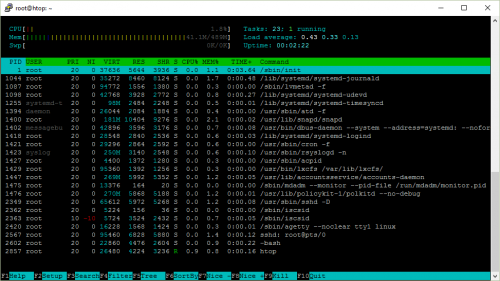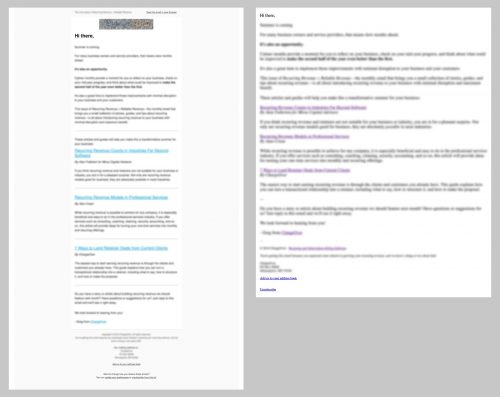“htop explained” is a very detailed guide into the htop Linux system monitoring tool. Even if you are an experienced Linux user, and even if you are not a fan of htop (why aren’t you?), you will still find this guide useful, as it goes into a lot of detail on how htop figures out all the values and where Linux keeps bits and pieces of system information.
Firewalld configuration and usage
If you are a Linux old-timer, who is used to iptables (or even ipchains, or even … anyway), you might find “Firewalld configuration and usage” guide very handy. It covers firewalld concepts and provides a number of examples for zones, ports, services, interfaces and other bits and pieces that you might be scratching your head about, when configuring the modern Linux firewall.
Good morning Protaras
Modern JavaScript Explained For Dinosaurs
 “Modern JavaScript Explained For Dinosaurs” is one of those quick and easy guides to the modern world of JavaScript, written for people who learned to code in the language back in the 90’s and now have to come back or manage those hipster kids who use JavaScript as the only solution to every problem.
“Modern JavaScript Explained For Dinosaurs” is one of those quick and easy guides to the modern world of JavaScript, written for people who learned to code in the language back in the 90’s and now have to come back or manage those hipster kids who use JavaScript as the only solution to every problem.
As the article tries to stay brief and simple, it doesn’t go into many different corners of the JavaScript language. Instead it focuses on the package management with bower, npm, webpack, etc.
Don’t Design Your Emails
I do hate HTML emails with passion. They are always too heavy, often bloated, render horrible, and just plain annoying. I miss the old good days, when email clients were warning users that their signature was too long, spanning more than 4 lines. Today, everybody is sending out HTML emails whether they need to or not. Whether it’s for the signatures, corporate branding, or the “marketing value” or the “professional look”.
Finally, there is someone on my side of the fence, who actually tested the effects of HTML emails and suggests that plain emails are more efficient even for the marketing purposes. Read the whole thing – “Don’t Design Your Emails“, especially if you are involved with email marketing.
The plain email—which took no time to design or code—was opened by more recipients and had 3.3x more clicks than the designed email.
[…]
The plain, unstyled emails resulted in more opens, clicks, replies, and conversions, every time.
Replies to welcome emails were tripled. Cold emails were getting 30-35% open rates and 3% conversion rates, which is incredible.


